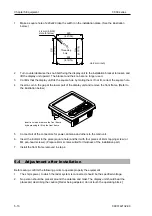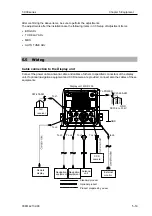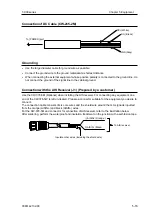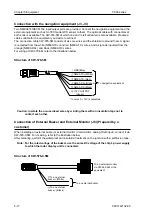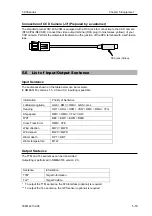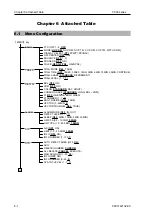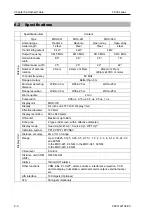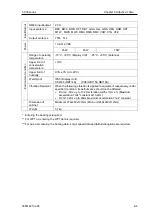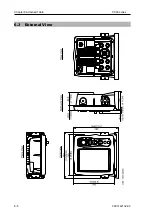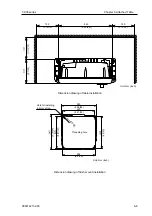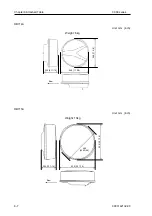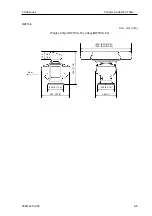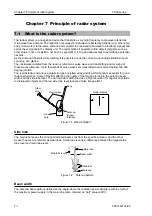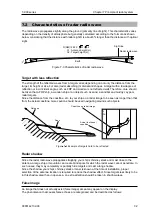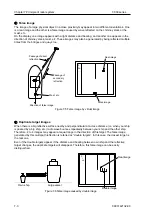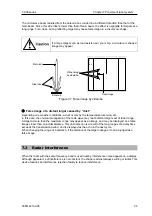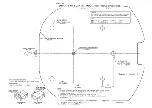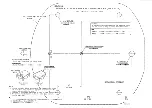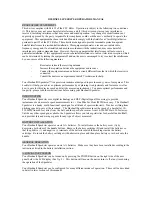
Chapter 7 Principle of radar system
T
-900 series
7-1
0093142132-00
Chapter 7
Principle of radar system
7.1
What is the radar system?
The radar system is a navigation device that transmits a very high frequency radio wave referred as
microwave from antenna. The radar then receives the radio wave reflected by target(s) (e.g. other ship,
buoy, island, etc) via the same antenna and converts the received radio wave to electronic signals and
sends these signals to the display unit. The radar makes it possible to find objects (targets), such as
other ships, rocks or coastline, not seen by eyesight or in fog and allows ships to avoid these potential
hazards.
As the antenna transmits while rotating, it is possible to see the current surrounding situation around
your ship at a glance.
The microwave radiated from the radar is referred as pulse wave and transmitting and receiving of
these waves alternate. Up to thousands of pulse waves are transmitted and received during one 360
degree rotation.
The typical radar antenna is a parabolic type or slotted array and its performance is essential for good
radar performance. Some of factors affecting the quality of the target returns are the antenna beam
width and the side lobe level. The narrow beam width provides a high resolution for angular orientation
to distinguish objects and the low side lobe level reduces a false image effect.
Radar wave
Antenna
(during
rotating)
Own
ship
Other
ship
Buoy
Radar display
Figure 7-1 What is Radar?
Side lobe
The main lobe means the strongest radiated beam sent from the specific antenna, and the other
weaker beams, are referred as side lobes. A side lobe level is a difference between the largest side
lobe level and main lobe level.
Main lobe
Beam width
Side lobe level
Side lobe
Figure 7-2
Antenna pattern
Antenna
Beam width
The antenna beam width is defined as the angle where the radiation power density is within a half of
the maximum power supply in the main lobe (also, referred as “half” value width”).

